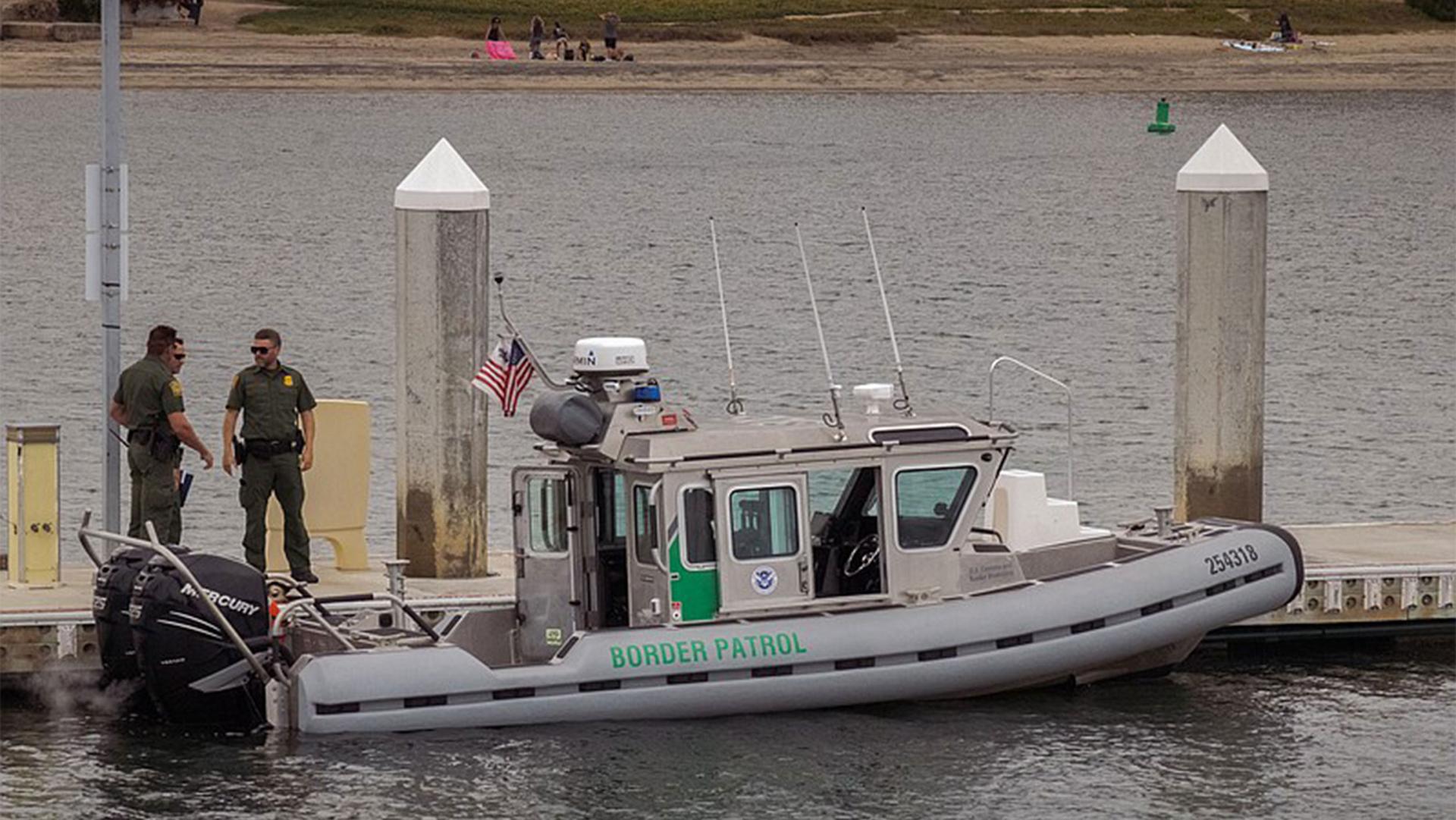The amount of maritime smuggling events intercepted by the US government along the San Diego coast increased by 93% between 2019 and 2020.
So far this year, 1,232 people have been apprehended while being smuggled at sea. The boats are shoving off just south of the US-Mexico border — and they’re often crammed with people, often without life preservers.
Related: Roma people are fleeing Romania for US-Mexico border to escape persecution
“Amid this backdrop of consistent human smuggling attempts along the California coastline, San Diego Border Patrol is establishing this marine unit,” said Aaron Heitke, chief border patrol agent for the San Diego sector.
“Border Security is national security, and the United States Border Patrol is using our forward-deployed Border Patrol assets, targeted operations, and information-sharing to deter and disrupt human smuggling activities by transnational criminal organizations.”
In May, three people died after a boat capsized off of Point Loma, with survivors scrambling over rocks and tide pools.
At least one of the victims of that accident had tried to enter the United States several times before, but was turned around by Title 42, a pandemic-era policy that rapidly expels people crossing the border.
Related: Many asylum-seekers are returned at the US-Mexico border under Title 42. Advocates call it a ‘sham.’
“These are incredibly dangerous journeys.”
Human Rights First released a report documenting over 3,000 kidnappings or alleged attacks on migrants since Biden took office — in Mexican border cities where they’ve been made to wait under Title 42.
“Whether it’s through the river, or around the border wall in the ocean, and these are incredibly dangerous journeys, people fall from the border wall and are injured, people drown in the river or ocean,” said Kennji Kizuka, a lawyer with Human Rights First.
Related: Thousands of medical workers left behind in Mexico’s vaccination program
Heitke told KPBS the rise in maritime human smuggling had nothing to do with Title 42, even as the amount of smuggling events began to rise just as the policy went into effect.
“We haven’t seen any impact of Title 42 on the increase in maritime activity. The individuals coming through during maritime activity are trying to get away. They’re not claiming asylum or credible fear, so we don’t see a connection,” he said.
Heitke pointed to increased enforcement and infrastructure at the land border as the reason people have increasingly tried to get into the country through the sea.
Related: Remittances are a sign of sacrifice, resilience in immigrant communities during pandemic
Agent Kurtis Kantura showed off the new boats, which will supplement the work of the Coast Guard and Customs and Border Protection’s marine unit.
“We can get people out of the water to safety, and into EMS where they can be further evaluated.”
“We’re by no means the EMS or anything like that, but we’re a first-response platform,” Kantura said. “We do have first aid that we can render, we do have emergency extraction. We can get people out of the water to safety, and into EMS where they can be further evaluated.”
The boats were originally designed to patrol the Rio Grande, so Border Patrol said they won’t be used in the open seas, where most of these maritime smuggling events take place. Instead they’ll be patrolling the bays and the harbors around San Diego.
This article was originally published by KPBS on June 22, 2021.
